Mushroom powder is a game-changer for anyone who loves deep, earthy flavors but doesn’t always have the time to cook with fresh mushrooms. Whether you’re rushing to prepare a quick meal or looking for an easy way to boost your nutrition, this simple ingredient can transform your cooking. And when it comes to comfort food, nothing beats a warm bowl of soup.
Life gets hectic, and sometimes, the last thing you want to do is spend hours in the kitchen. But with mushroom powder, a wholesome meal is just minutes away.
Why Use Mushroom Powder Instead of Fresh Mushrooms?
It delivers all the flavor of fresh mushrooms—without the prep work, spoilage risk, or long cooking times. Although, there are some solid reasons why using mushroom powder in soup might actually be better than fresh mushrooms in some instances.
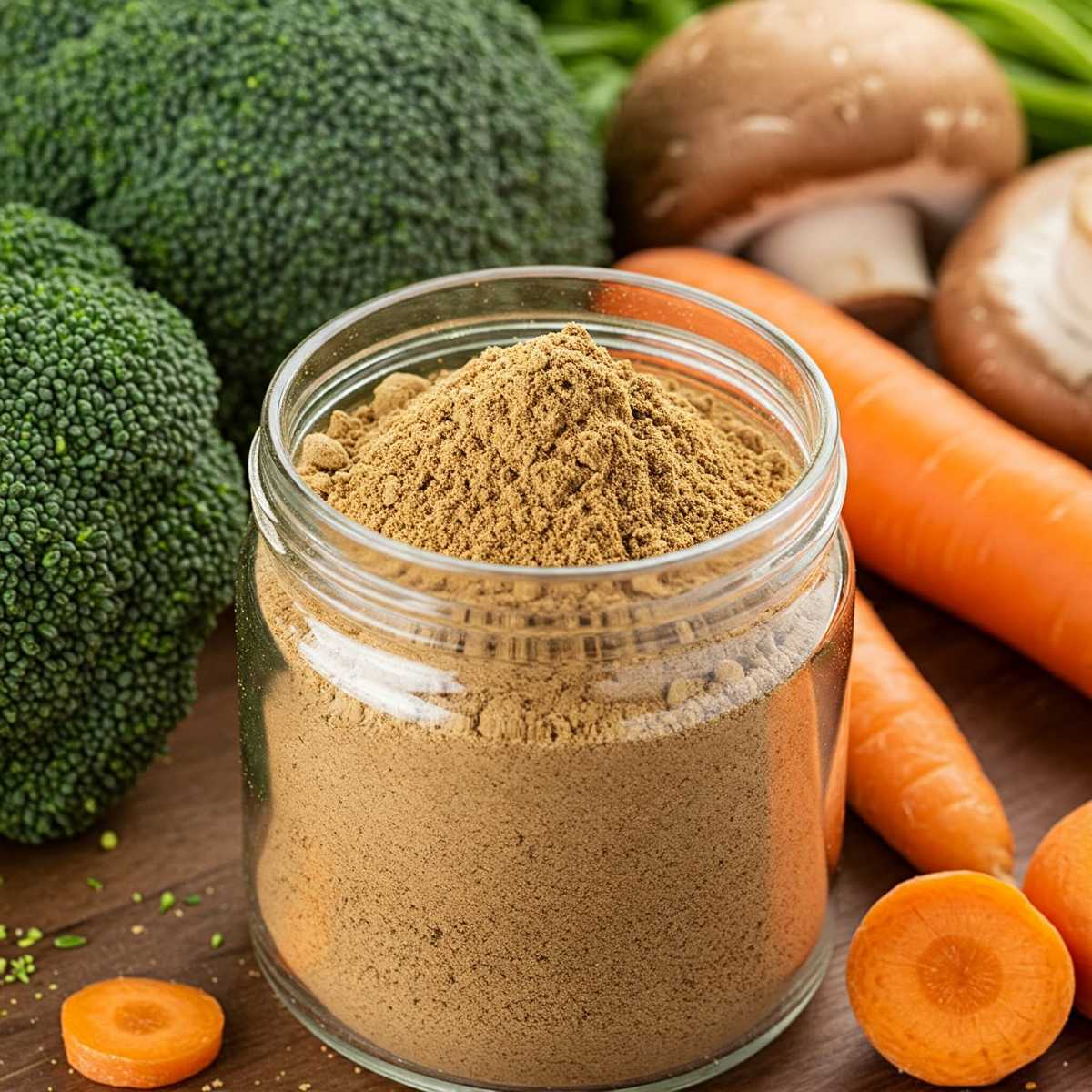
1. Convenience Without Compromise
Fresh mushrooms require washing, trimming, slicing, and sometimes pre-cooking to bring out their full flavor. With mushroom powder, you skip all that. A single scoop dissolves effortlessly into the broth instantly and adds that unmistakable umami depth.
2. A Nutritional Powerhouse
Mushroom powder retains the same nutrients as fresh mushrooms but in a more concentrated form. This means you’re getting a higher dose of beneficial compounds, like beta-glucans, which support immune health. Instead of relying on a large portion of fresh mushrooms, a small amount of powder delivers the same nutritional perks.
3. Umami Without the Extra Ingredients
One of the best things about mushrooms is their natural umami, that deep, savory flavor often associated with slow-cooked broths and rich sauces. Mushroom powder intensifies this taste, making it a secret weapon for boosting the depth of soups, stews, and even sauces.
I’ve cut down on salt or artificial flavor enhancers with mushroom powder.
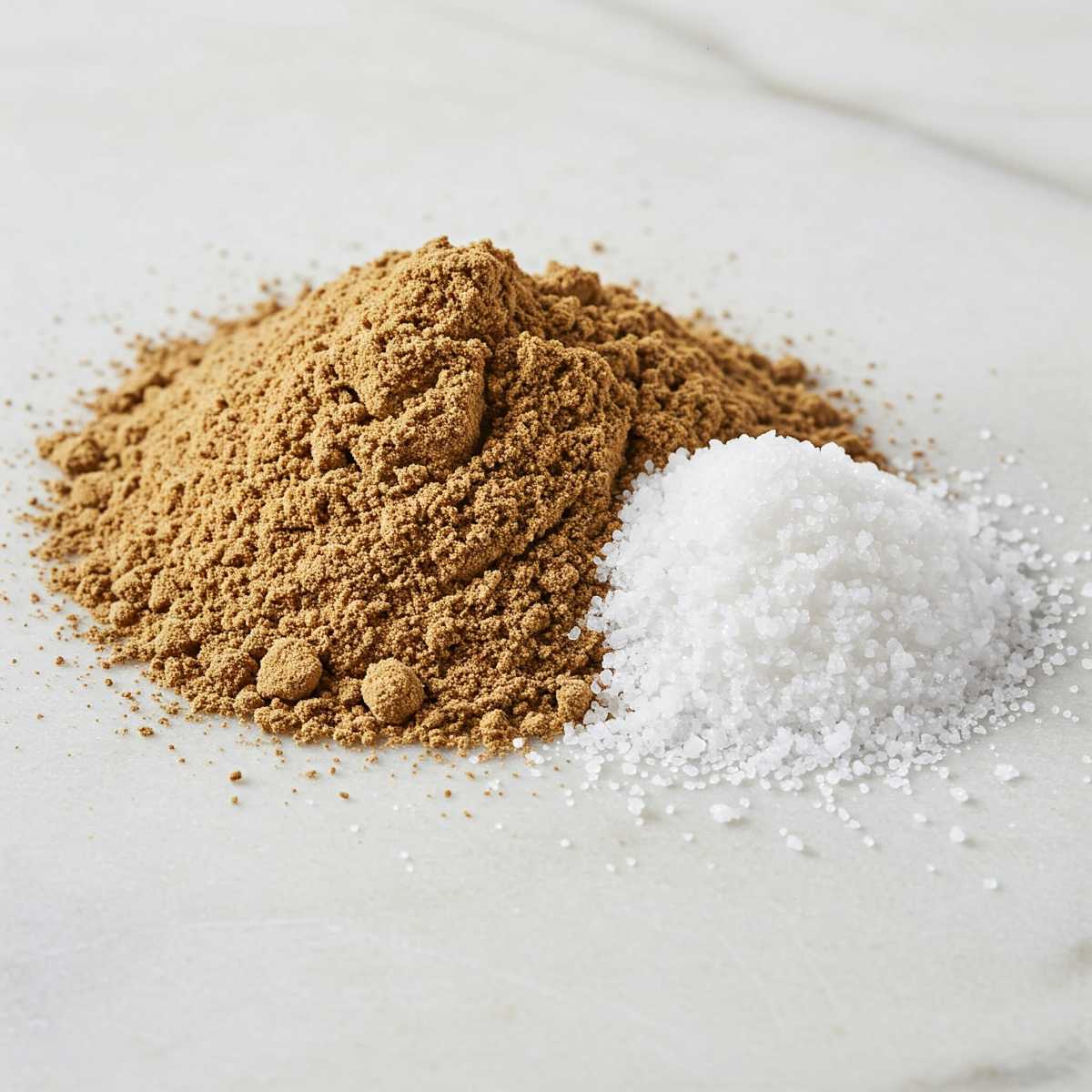
4. Long Shelf Life & No Waste
Fresh mushrooms have a frustratingly short shelf life. If you’ve ever forgotten about a carton of mushrooms in the fridge, you know how quickly they go bad. Mushroom powder, on the other hand, can last for months (even years) when stored properly. It’s a great way to avoid food waste while ensuring you always have mushrooms on hand.
5. A Versatile Pantry Staple
Beyond soup, mushroom powder is incredibly versatile. It can be stirred into risottos, sprinkled over roasted vegetables, blended into gravies, or even added to smoothies for an extra nutrient boost. Once you start using it, you’ll find yourself reaching for it constantly.
3. Choosing the Right Mushroom Powder
Not all mushroom powders are created equal. The type you choose can significantly impact the flavor and benefits of your soup. Some varieties are rich and meaty, while others are mild and slightly sweet.
Some people use it for its nutritional value. Picking the right type matters even more to them.
Common Types of Mushroom Powders for Soup
- Shiitake – This is my go-to for a strong umami kick. Shiitake mushrooms have a deep, earthy flavor that makes soups taste like they’ve been simmering for hours. Plus, they’re rich in lentinan, a compound studied for its immune-supporting properties.
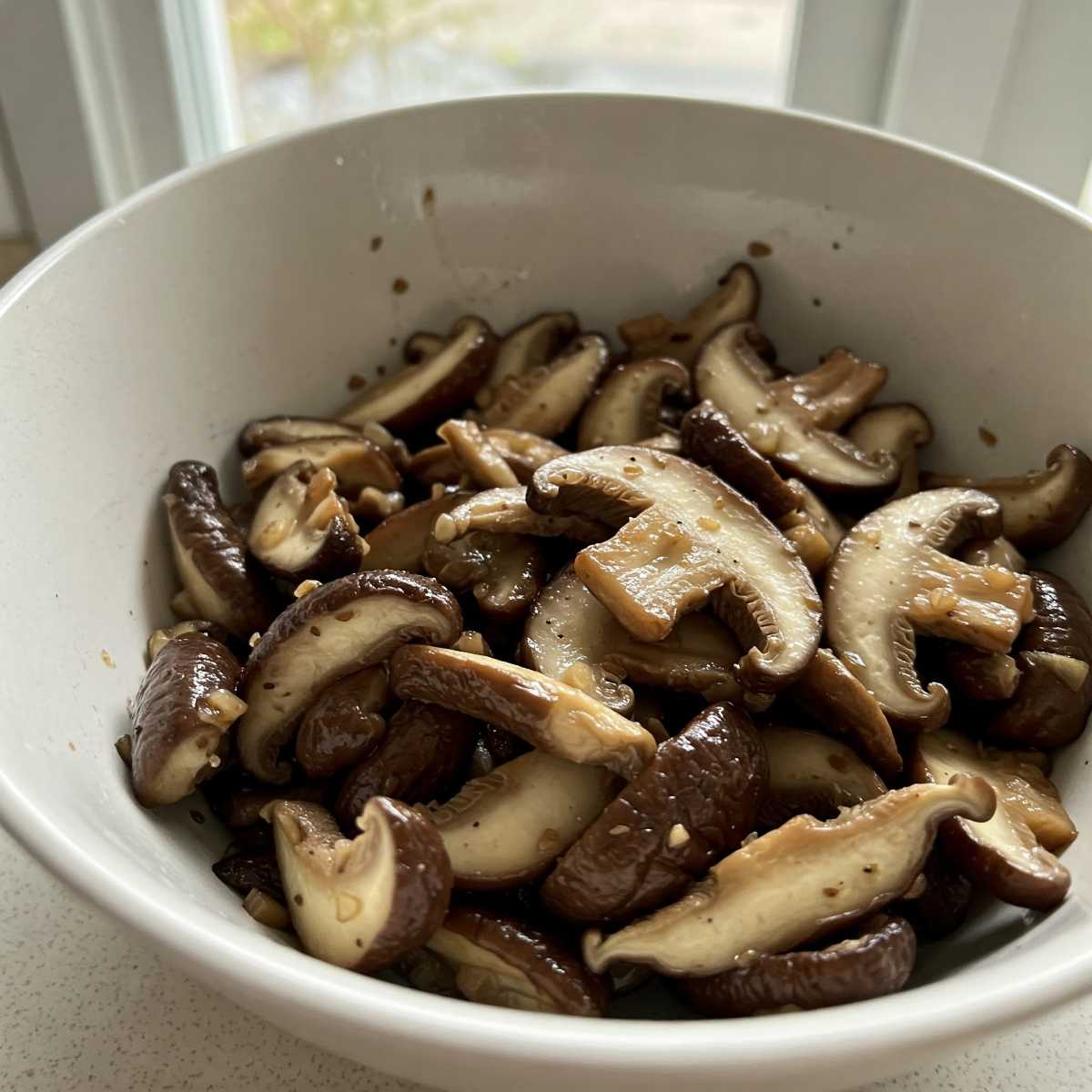
- Lion’s Mane – A milder option with a slightly sweet, seafood-like flavor. What makes lion’s mane unique is its potential cognitive benefits, as research suggests it may support brain function and nerve regeneration. For a subtle flavor with added brain-boosting potential, this is a great choice.
- Reishi & Chaga – These are more medicinal than culinary. Reishi and Chaga are known for their immune-modulating and anti-inflammatory properties, but their flavors can be pretty bitter. If you’re adding them to soup, they work best in combination with other mushroom powders.
- Portobello/Button Mushroom Powder – This is the most neutral option. It gives your soup an earthy base without overpowering other ingredients. It is ideal for classic mushroom soups or blends with other seasonings.
Where to Buy or How to Make Your Own
- Buying: Look around the nearby grocery stores for organic, lab-tested mushroom powders from reputable sources. Some brands blend different mushrooms to balance taste and nutritional profile.
- DIY Approach: If you prefer a homemade touch, you can make your own by dehydrating mushrooms at a low temperature (around 125°F/50°C) and grinding them into a fine powder using a blender or spice grinder. Store in an airtight container to keep it fresh.
4. How to Incorporate Mushroom Powder into Soups
Unlike fresh mushrooms, which need to be sautéed or simmered to develop their flavor, powdered mushrooms are ready to go in an instant. But to get the best results, you’ll want to use a few simple techniques.
Simple Stir-In Method
The easiest way to use mushroom powder is to stir it directly into your broth. Just a tablespoon or two can dramatically enhance the depth of your soup. Start small and adjust based on taste.
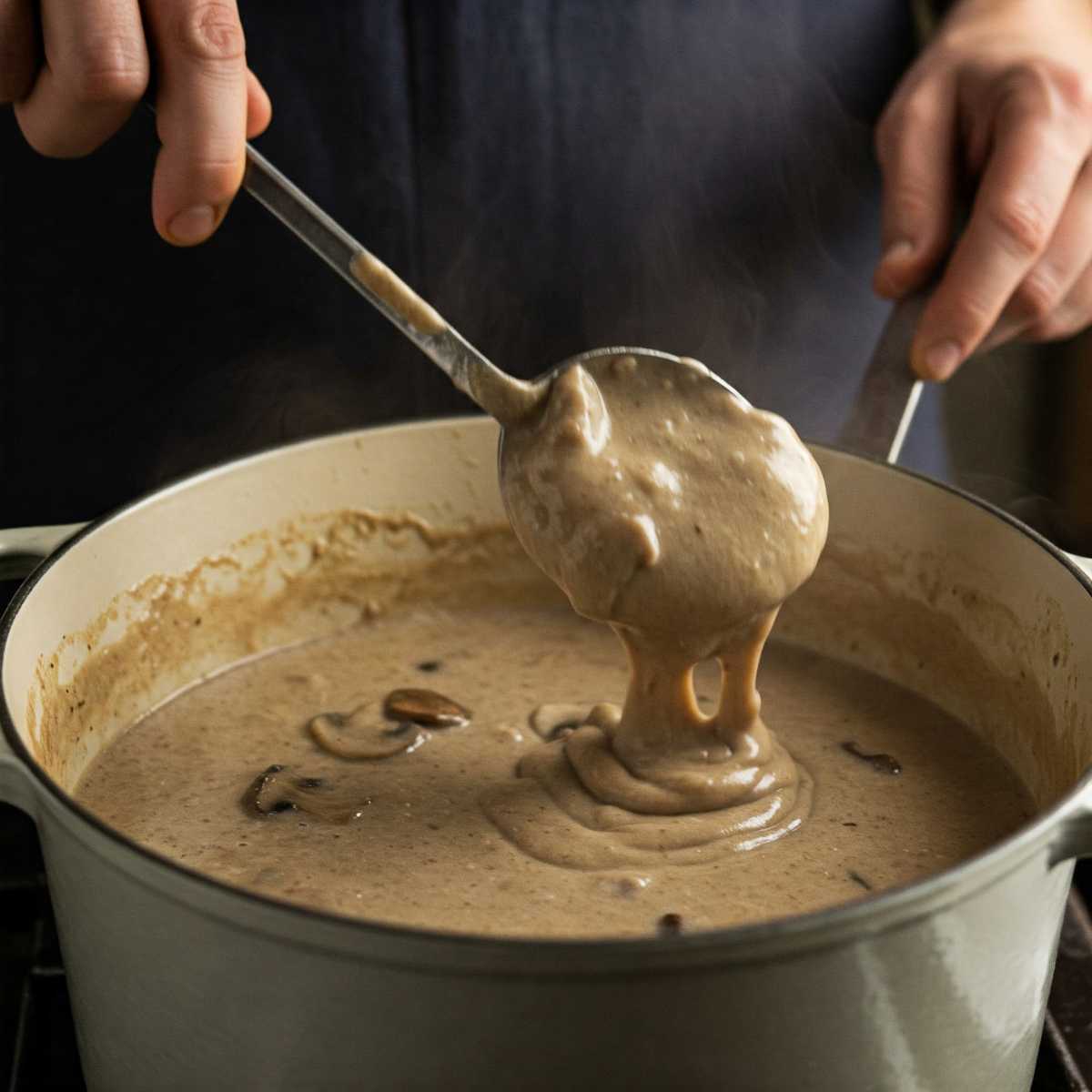
Blooming the Powder for Flavorfulness
If you want a richer taste, try “blooming” the mushroom powder first. This means lightly toasting it in oil or butter for about 30 seconds before adding liquid. This helps release its natural oils and intensifies the umami notes.
Pairing Mushroom Powder with Other Ingredients
Mushroom powder works well with:
- Aromatics like garlic, onion, shallots, and leeks.
- Herbs & Spices such as thyme, rosemary, bay leaf, and black pepper.
- Umami Enhancers like soy sauce, tamari, miso paste, or nutritional yeast.
- Creamy Additions like coconut milk, cashew cream, or heavy cream for a silky texture.
6. Customization & Variations
As I’ve said before, one of the best things about mushroom powder soup is its versatility. You can tweak it based on what you’re craving or what you have in your kitchen.
For a Hearty Boost:
To make it more filling, add:
- Cooked grains like quinoa, farro, or wild rice.
- Sautéed mushrooms for extra texture.
- Diced potatoes or root vegetables.
For Extra Protein:
If you want to add some protein, consider:
- Shredded chicken or turkey.
- Tofu or tempeh for a plant-based option.
- Lentils or white beans for a fiber boost.
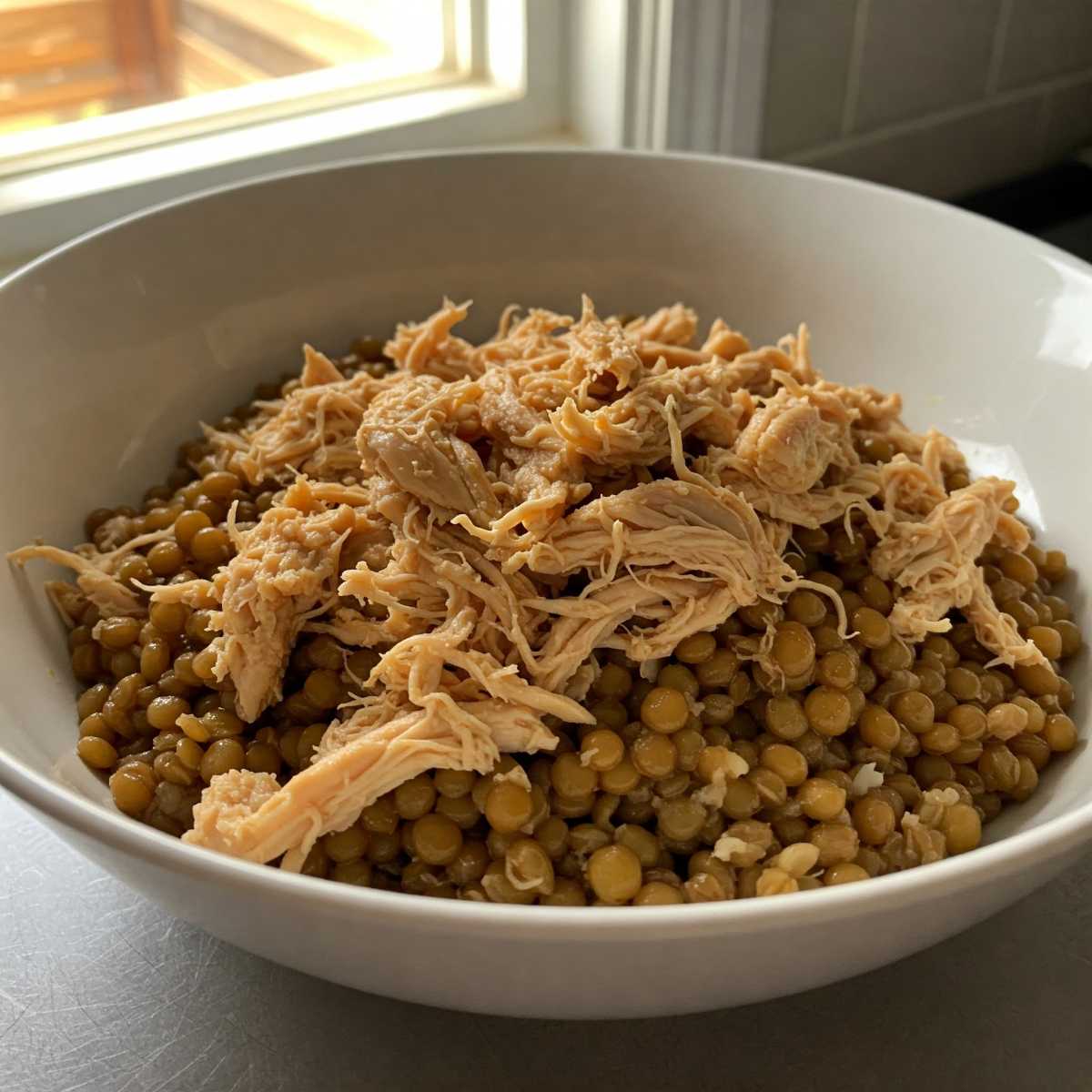
For a Spicy Kick:
Like a little heat? Try:
- A pinch of cayenne pepper or chili flakes.
- A few dashes of hot sauce or sriracha.
- Sliced fresh ginger for warmth.
For an Asian Twist:
If you enjoy Japanese or Chinese flavors, consider:
- Adding miso paste for extra depth.
- Use dashi or kombu broth instead of regular stock.
- Garnishing with green onions and sesame oil.

Quick & Easy Mushroom Powder Soup
Equipment
- Medium-sized saucepan or pot
- Wooden spoon or whisk
- Blender optional, for a smooth texture
- Ladle for serving
Ingredients
- 2 Tablespoon Mushroom powder (shiitake or a blend)
- 2 Cups Vegetable or chicken broth
- 1/2 Cup Coconut milk or heavy cream
- 1 Clove Garlic, minced
- 1/4 Piece Small onion, finely chopped
- 1 Tablespoon Olive oil or butter
- 1 Tablespoon Thyme or rosemary (optional)
- Salt & black pepper, to taste
- 1 Tablespoon Soy sauce or tamari (for extra umami)
- 1 Tablespoon Lemon juice or apple cider vinegar (to balance flavors)
Instructions
- Heat olive oil or butter in a saucepan over medium heat. Add minced garlic and chopped onion. Sauté until fragrant and slightly golden (about 2 minutes).
- Stir in the mushroom powder and cook for 30 seconds, allowing the flavors to develop.
- Pour in the broth, stirring to incorporate the mushroom powder. Let it simmer for about 5 minutes.
- Stir in the coconut milk or heavy cream, followed by thyme (if using), salt, and black pepper. Allow to simmer for another 2 minutes.
- Add soy sauce and a splash of lemon juice or vinegar to enhance the umami and balance the richness.
- If a creamy texture is desired, blend the soup until silky smooth. Otherwise, leave it as is for a slightly textured consistency.(Optional)
- Ladle into bowls and garnish with fresh herbs, croutons, or a drizzle of olive oil. Serve hot.




